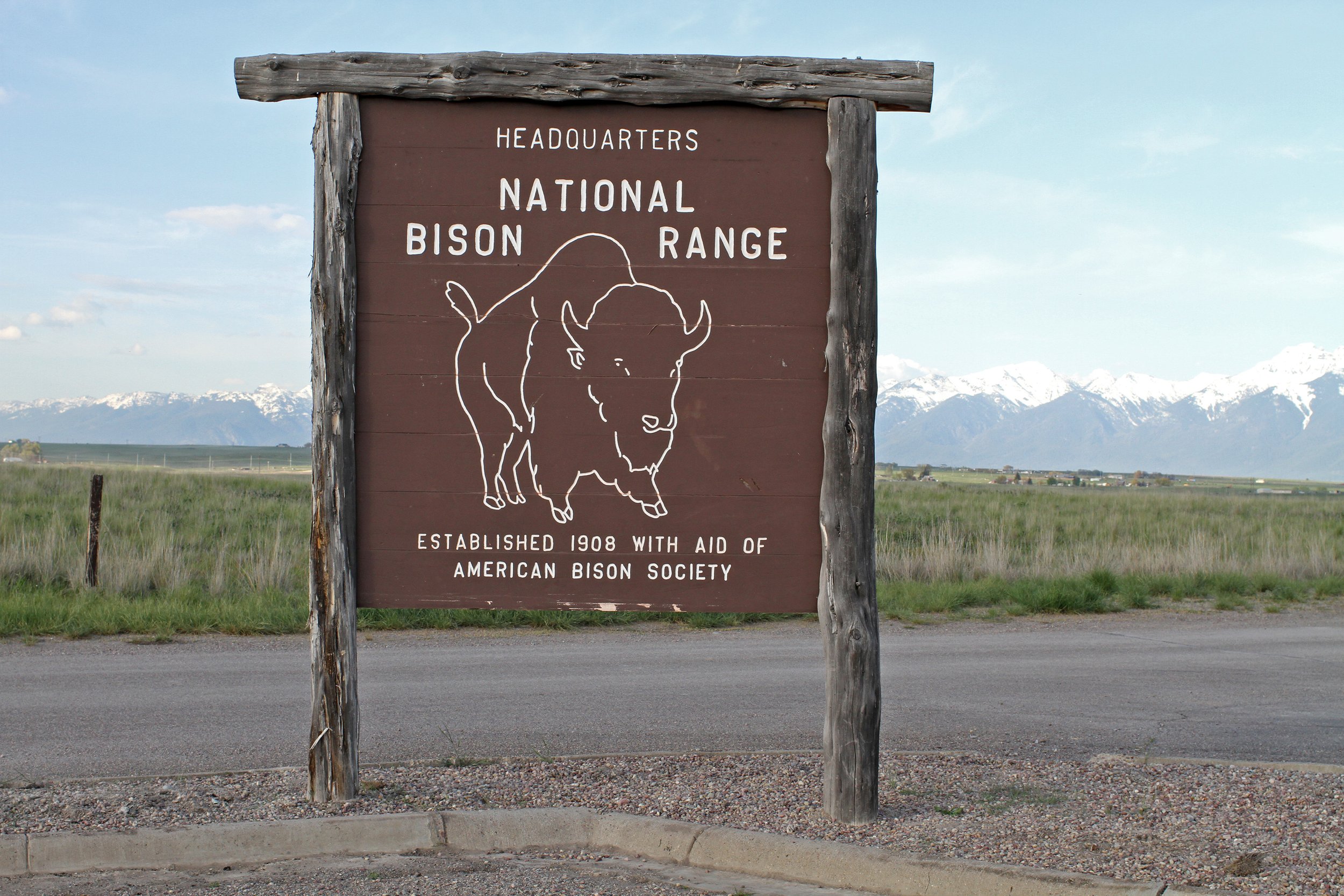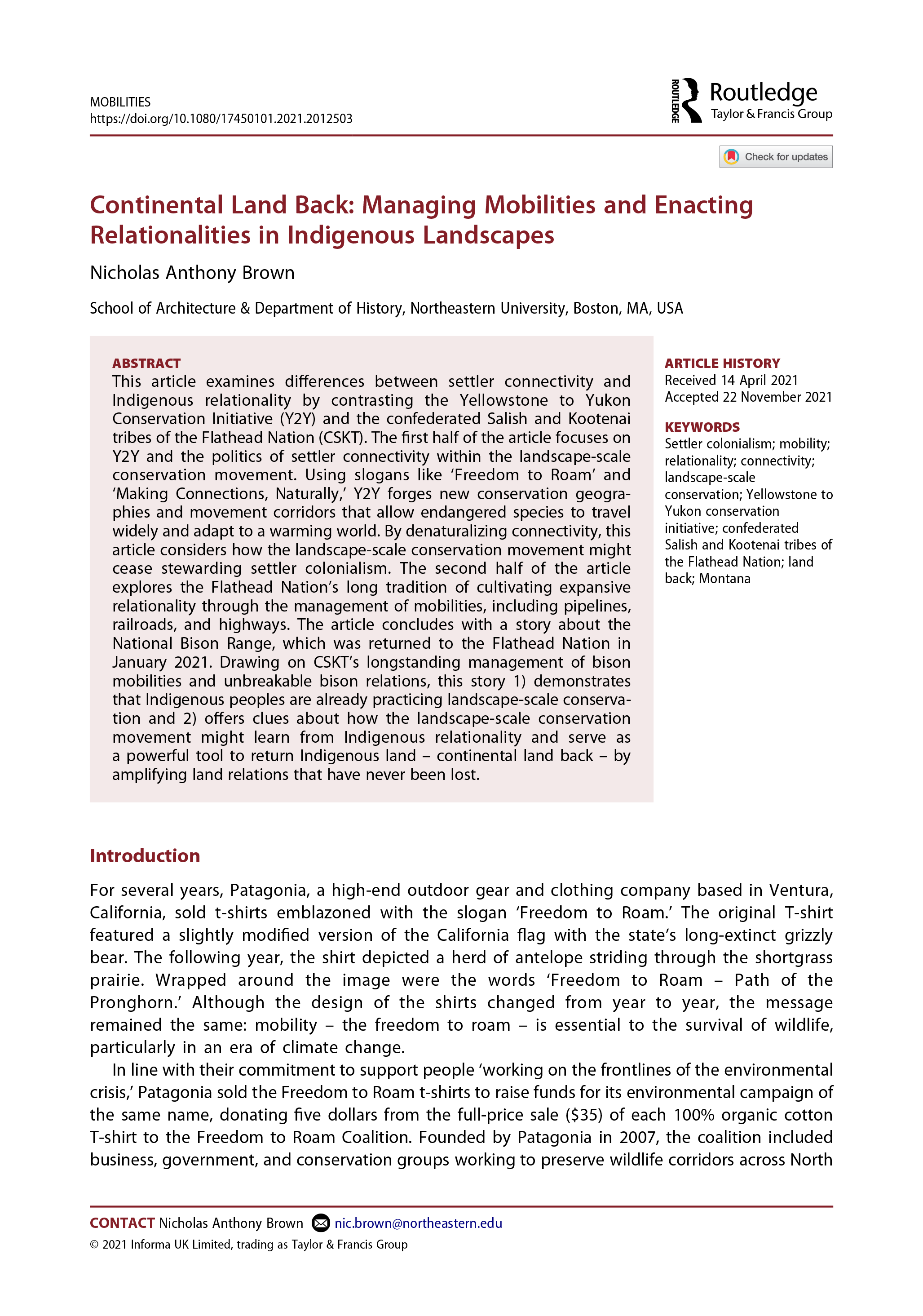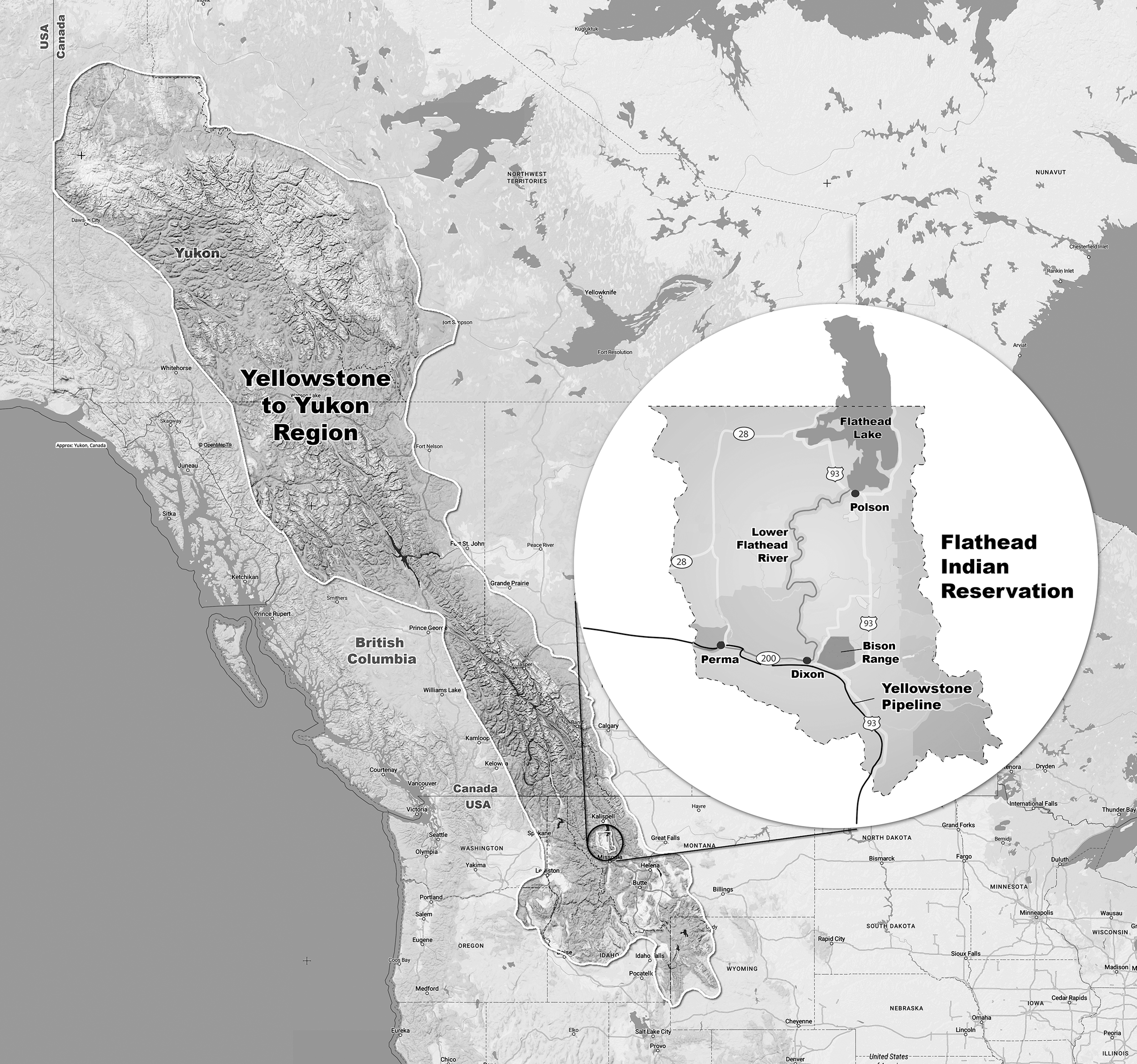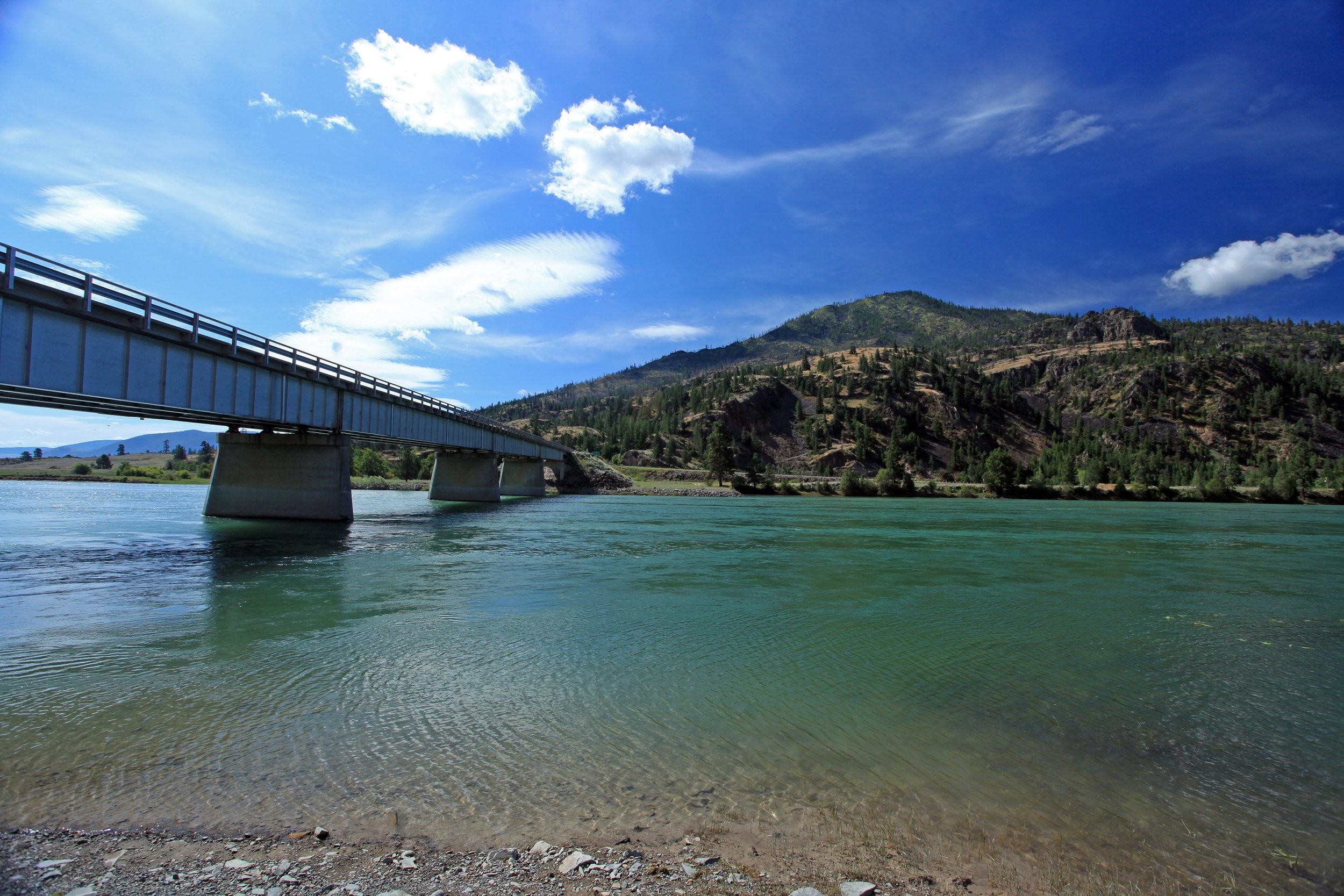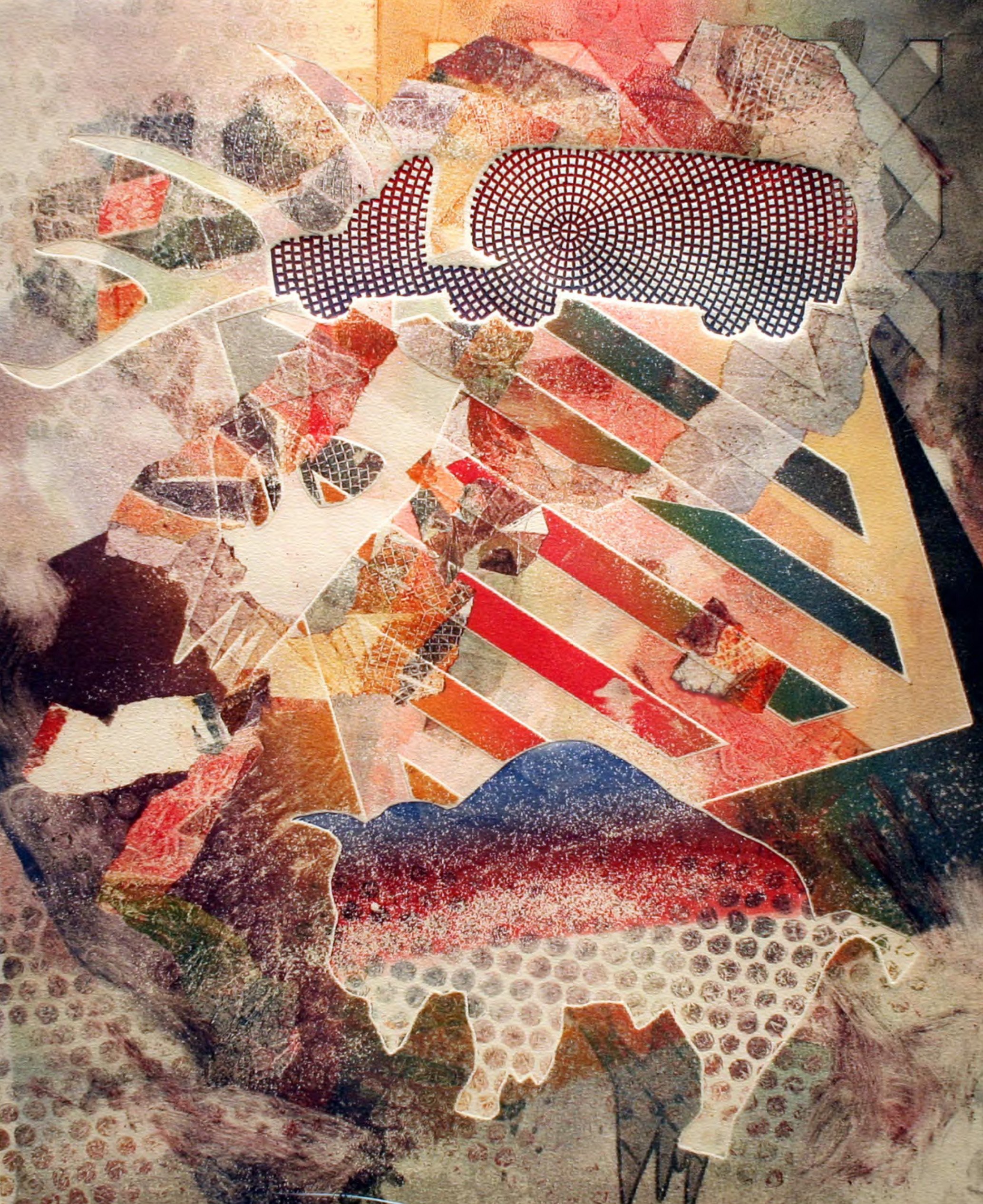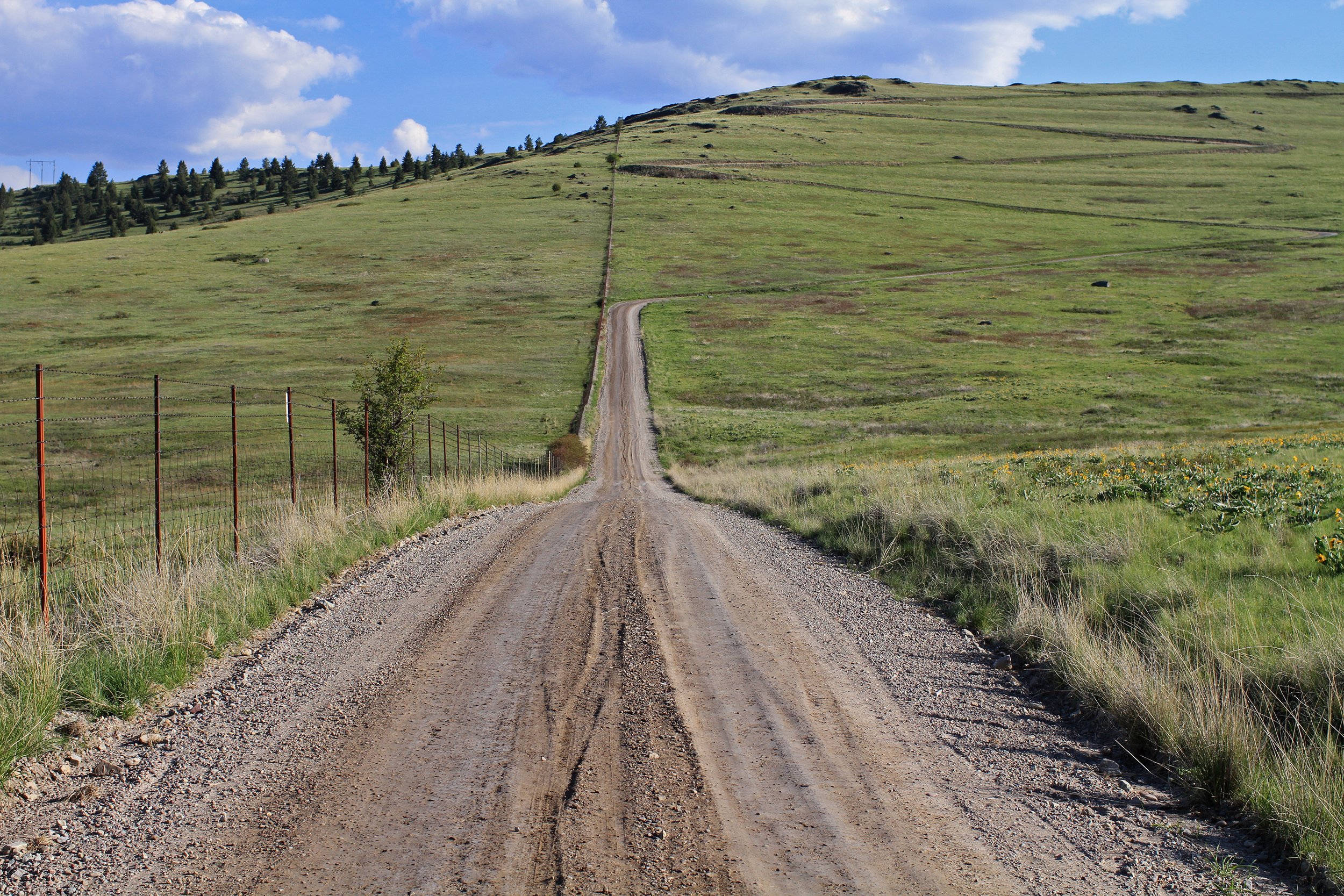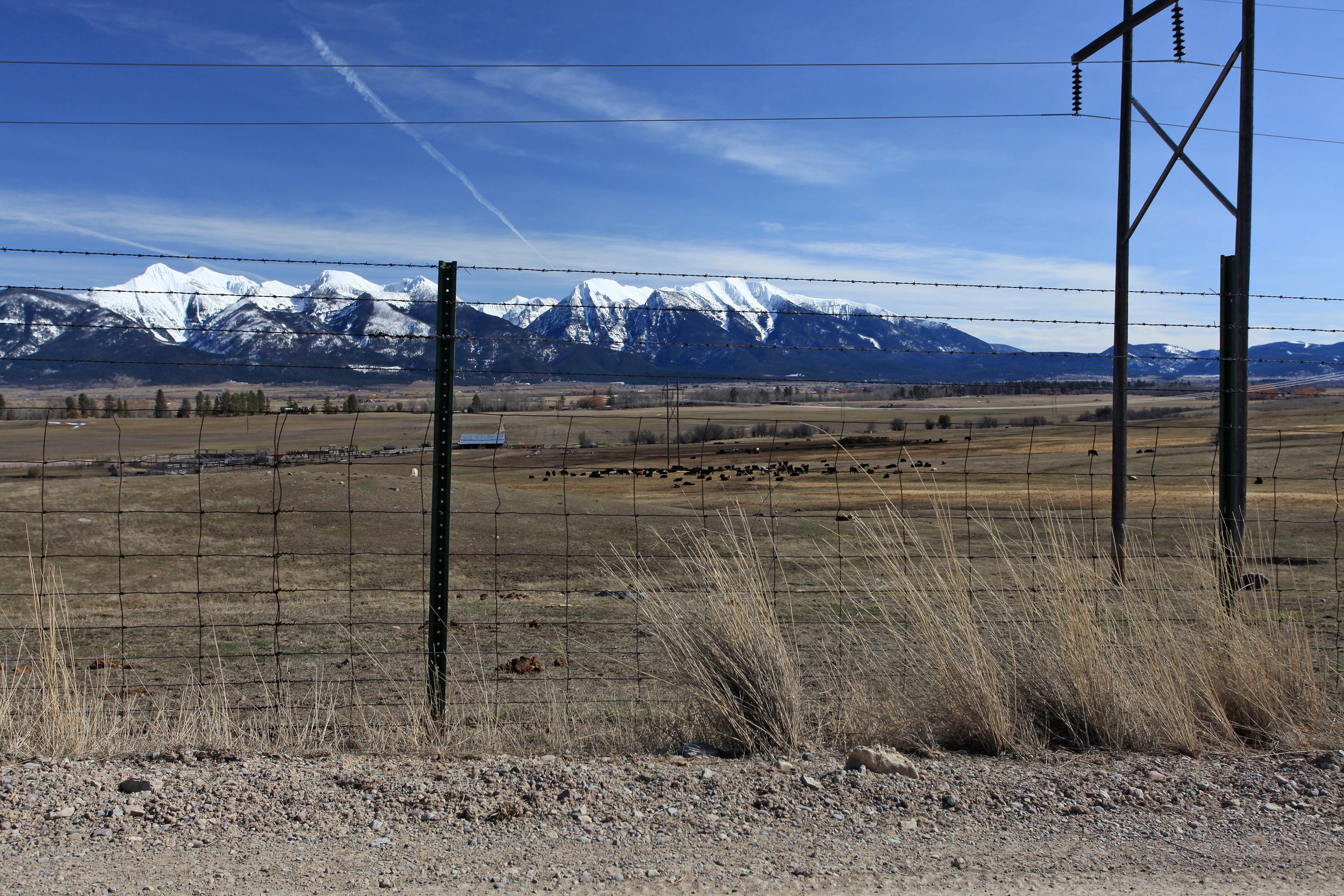CONTINENTAL LAND BACK
Nicholas Anthony Brown (2022): “Continental Land Back: Managing Mobilities and Enacting Relationalities in Indigenous Landscapes,” Mobilities DOI:10.1080/17450101.2021.2012503.
ABSTRACT / This article examines differences between settler connectivity and Indigenous relationality by contrasting the Yellowstone to Yukon Conservation Initiative (Y2Y) and the Flathead Nation (CSKT). The first half of the article focuses on Y2Y and the politics of settler connectivity within the landscape-scale conservation movement. Using slogans like ‘Freedom to Roam’ and ‘Making Connections, Naturally,’ Y2Y forges new conservation geographies and movement corridors that allow endangered species to travel widely and adapt to a warming world. By denaturalizing connectivity, this article considers how the landscape-scale conservation movement might cease stewarding settler colonialism. The second half of the article explores the Flathead Nation’s long tradition of cultivating expansive relationality through the management of mobilities, including pipelines, railroads, and highways. The article concludes with a story about the National Bison Range, which was returned to the Flathead Nation in January 2021. Drawing on CSKT’s longstanding management of bison mobilities and unbreakable bison relations, this story 1) demonstrates that Indigenous peoples are already practicing landscape-scale conservation, and 2) offers clues about how the landscape-scale conservation movement might learn from Indigenous relationality and serve as a powerful tool to return Indigenous land—continental land back—by amplifying land relations that have never been lost.
Continue reading Continental Land Back
Part of a special issue on mobilizing Indigeneity and race within and against settler colonialism
Genevieve Carpio, Natchee Blu Barnd & Laura Barraclough (2022): “Introduction to the special issue: mobilizing Indigeneity and race within and against settler colonialism,” Mobilities, DOI: 10.1080/17450101.2021.2004078.
